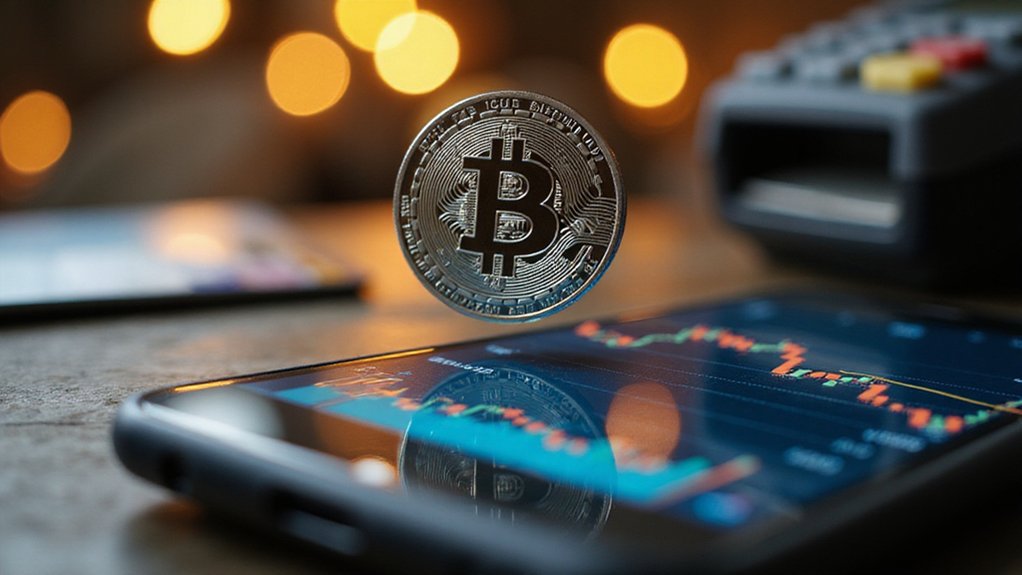The titans of retail are apparently tired of writing billion-dollar checks to Visa and Mastercard.
Amazon, Walmart, and Expedia are exploring the issuance of their own stablecoins, a move that could fundamentally reshape the payment landscape and transform those pesky 1-3% card fees from cost centers into profit engines.
The mathematics are compelling, if not entirely surprising.
These retail giants currently hemorrhage billions annually in payment processing fees—money that could theoretically remain in their coffers if they successfully migrate customers to proprietary stablecoin systems.
The proposition is elegantly simple: why pay tribute to payment processors when you can become one yourself?
Stablecoins, typically pegged to the US dollar, offer settlements that occur in minutes rather than the glacial pace of traditional banking systems (which can take days, because apparently moving numbers between computers requires extensive contemplation).
For retailers managing massive transaction volumes, particularly those with significant cross-border operations, this speed advantage compounds into substantial operational benefits.
The regulatory environment, once hostile to such innovations, has begun showing signs of accommodation.
The GENIUS Act and similar legislative frameworks are providing the legitimacy infrastructure necessary for widespread adoption.
Senate advancements in stablecoin regulation suggest that lawmakers have recognized the inevitable—digital currencies aren’t disappearing, regardless of their discomfort with monetary innovation.
The implications for traditional payment rails are profound.
Visa and Mastercard’s stock prices have already reflected investor anxiety about potential disruption, and rightfully so.
When retailers controlling hundreds of billions in annual transaction volume contemplate bypassing your entire business model, concern seems appropriate.
However, significant challenges remain.
Consumer adoption of digital currencies hovers around six percent—hardly a ringing endorsement of mainstream readiness.
Technical infrastructure requirements are substantial, and security concerns persist. These stablecoins would need to maintain their stable value consistently to gain consumer confidence, as market fluctuations could undermine their effectiveness as payment alternatives.
Banks themselves are entering the stablecoin arena, potentially creating competition rather than collaboration. France’s Societe Generale has already demonstrated this trend by becoming the first regulated bank to launch a euro-backed stablecoin.
The success of this retail stablecoin revolution will ultimately depend on whether these companies can convince consumers to abandon familiar payment methods for something faster, cheaper, but fundamentally unfamiliar.
Given the stakes involved, the experiment seems worth attempting.
The Merchants Payments Coalition is actively lobbying for supportive legislation to accelerate this transition.









